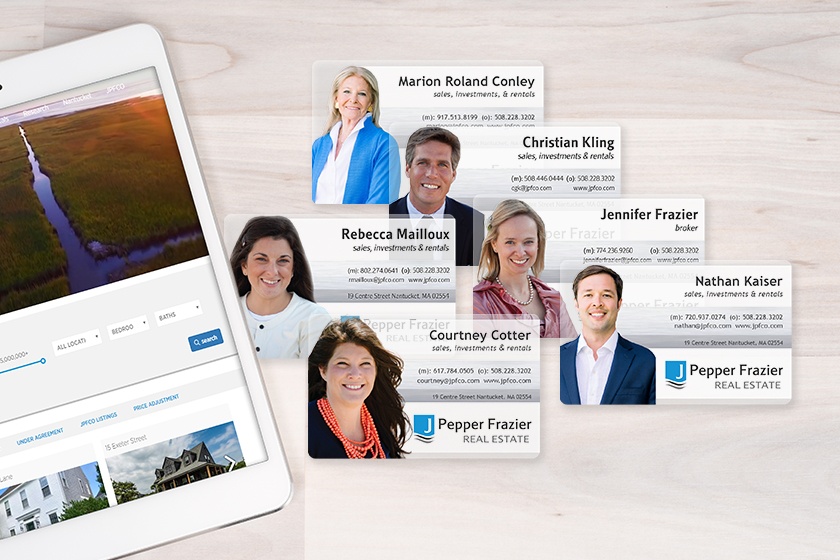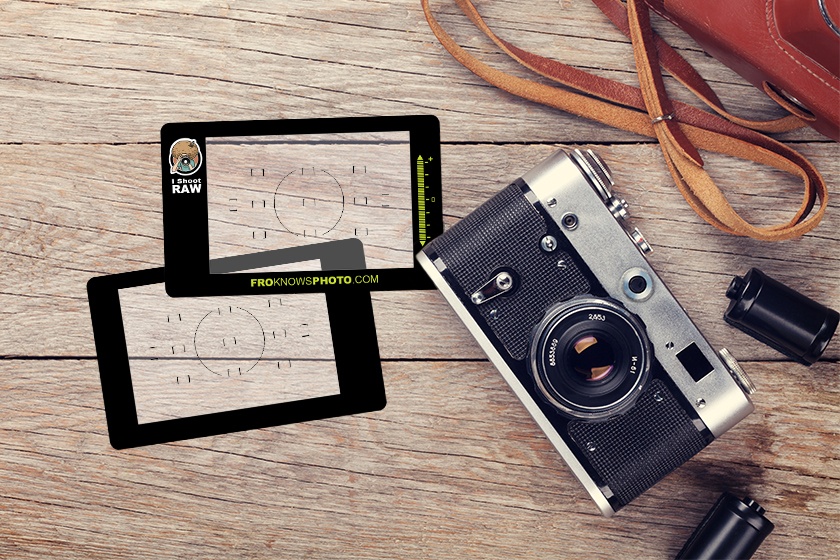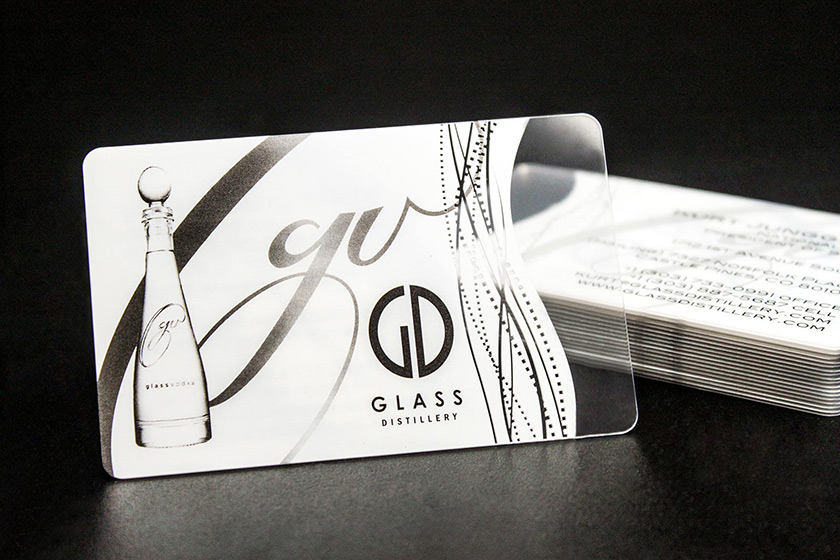
How much time do you have to make a professional first impression? On average, people size each other up in about 30 seconds. It doesn't matter if the circle is social or professional; everyone gets the same amount of time. The key is in how you use that time. At Plastic Printers, we want to make sure you use it wisely.
Since you can't afford to make a wrong impression, how do you make the right one? It comes down to what people see first.
At First Glance
Think about what people see before that first handshake. Dressing the part is always high on everyone's networking to-do list. And you're right; it's definitely part of the equation, but if it gets 100% of your focus, you are doing yourself a professional disservice.
Remember, people are looking to gain something based on that first impression. What is it? They're looking to find someone worth knowing. To some of you, this may seem like an over-simplification of the networking process, but think about what goes into a complete first impression.
When people meet each other for the first time, they are looking for someone with:
- A professional appearance
- A pleasant demeanor
- Positive, accessible body language
- Engaging confidence
Even if you're able to cross everything off of your mental impression-making checklist, you're still only 50% of the way there. The other half of the impression depends upon your networking etiquette; attached to that by proxy is your business card etiquette.
Three Rules to Live By
Plenty of first impressions that looked solid at the beginning of the conversation can be nothing more than an over-dressed disappointment by the end of it. Why? Lack of business card etiquette is the equivalent of committing a social faux pas in the professional sphere.
Like a wayward pair of gloves in winter; people don't always know what to do with business cards. Networking events can be awkward at first. So many of us wind up out of our comfort zone in the same place, at the same time. Remind yourself, we are all in this together and couple that reminder with three simple networking rules. By taking each of these steps, you will quickly become one of the "people worth meeting"-guaranteed.
Rule #1: Keep your cards to yourself. I know you’re going to say, that rule defeats the purpose of networking altogether. In actuality, it accomplishes your goal much more effectively.
The goal of networking isn't just hit a quota and call it a night-the goal is to make quality connections with others. Reserve your business cards for:
- Solid leads
- Potential employees
- Referral sources
Don't get me wrong; go ahead and talk to as many people as you like, just don't give all of them your business card. Target connections that fit into key areas of your industry. Make your card a hot commodity, not a piece of promotional junk mail.
Tip: Never be "one of those people" at a networking event. What people am I talking about? The people who walk up to everyone, hand them a business card, and walk away. At best, it's distracting. At worst, it's annoying; especially if the people you're handing your business card to are in the middle of a productive conversation. Whatever the outcome; it actually sours connections and leaves a very bad impression.
Networking is about making one-on-one connections, not advertising. If you simply want to get your name and contact information in front of an audience, get a billboard, launch a website, and start a strategic advertising campaign; just don't bring that approach into the room with you. Be general with one, and selective with the other.
Members Only Club
Rule #2: Ask and they shall receive. Give your card to the people who asked for it. This may seem obvious, but there's a trick to how you hand your card to someone.
If someone wants your business card, it's an indication that they want to connect with you outside of the event. Make that connection more likely by doing two things:
- Before you hand them your card, ask them for a way that you can contact them.
- Always exchange an individually annotated card.
Tip: Asking for their contact information first puts you in control of the outcome. No matter if they contact you post-exchange or not, you will have a way to contact them and follow-up.
Annotating the card before you hand it to them gives them a reminder of what your conversation was about. Chances are that by the end of this event, they will have met with several people. The note brings you and your business to the front of their mind at a later date. You're more likely to gain something from an exchange if they remember who you are.
Rule #3: Capitalize on your cards. Too often, we exchange contact information by impulse, as if on cue or automatic pilot. This knee-jerk response doesn't end up doing anyone the good they think it will.
Exchange business information with contacts you will follow-up with. This could be an e-mail blast with a professional update or a link to a blog with information and tips about your industry. It doesn't have to be anything huge. The point is that you put in the effort and follow through on that effort.
Tip: Don't lie to yourself. If you take a business card that you don't intend to follow-up on, it will just end up in a stack somewhere. No matter what you tell yourself, you will not use the connection later. When you need a particular product or service, you're more likely to ask for a referral from a coworker than shuffle through a stack of dormant business cards.
Of course, here at Plastic Printers we've found that plastic cards make quite the first impression. People simply have to take a second look and they remember your business when they do. To get that kind of front-of-the-mind staying power, contact our company today at: www.plasticprinters.com.
Our cards will give you many happy returns on your networking efforts!
Share this
You May Also Like
These Related Stories

Maximizing ROI with Plastic Business Cards

Unlocking Your Business Cards' Full Potential





.png?width=534&height=632&name=White%20Aesthetic%20Vision%20Board%20Instagram%20Story%20(1).png)